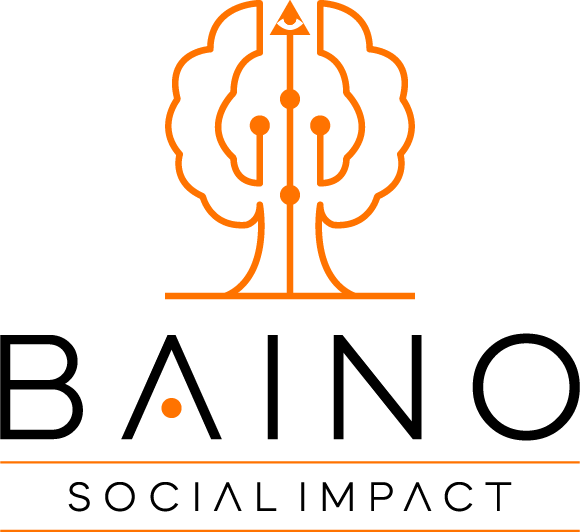Water is magic: the driving force of all nature.
Although water scarcity is already a significant source of conflict in the Busoga region, estimations have foreseen a higher water stress (water depletion and scarcity) level than the one we are currently facing. The National Environment Management Authority (NEMA) observed that encroachment was found to be the leading cause of decreasing water levels and dry-out in dry seasons.
The non-functionality of water systems is a severe problem because water is life in every sense of understanding. We have a situation where people and animals queue for water from the few operational boreholes in designated locations. Meanwhile, the reliability of the functionality of the few boreholes could be higher.
The causes can include:
- Mechanical breakdown.
- Poor design and handwork.
- Low water table due to depletion of natural catchments.
- Limited community participation in the maintenance of public water systems.

Indeed there is a crucial need to increase our efforts to protect our precious natural resources and to restore our society’s environmental resources. The main areas of interest are:
- Water catchments (forests, wetlands, hills).
- Water sources (rivers, lakes, streams).
- Water supply facilities (water gravity flow systems [GFS], boreholes, water pumping systems, protected water springs and shallow wells.
Community members used to engage themselves in ‘bulungi bwansi’. Members would periodically gather up and engage in practical community self-help activities such as road maintenance and shallow-well construction and share developmental ideas. That practice declined three-to-four decades ago. The capitalist mentality trend has made us more selfish and less community-oriented.
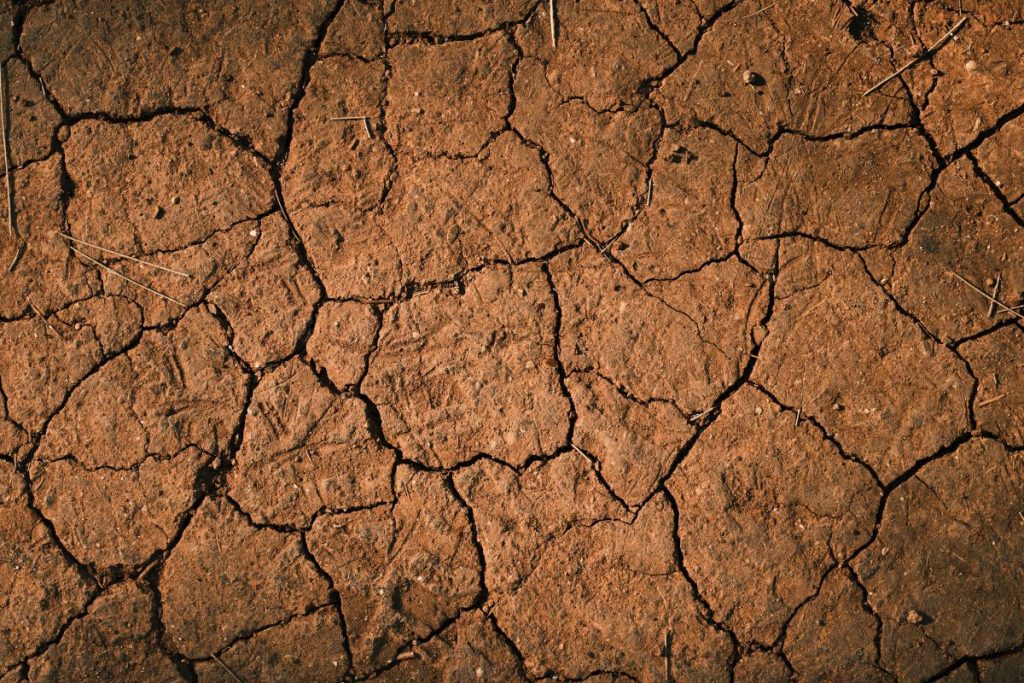
In a collective unit, community members used to acknowledge the necessity to rely on each other for support, integration, security and survival. That loyalty faded out.
We can longer rightly predict the weather seasons. Dry season sometimes occurs more often than expected in a year. Seasonal food shortages due to crop failures and unpredictable rains are regular.
If we continue to disregard the negative signs in our environment in this manner, we risk exposing ourselves to various difficult circumstances such as hunger, famine, violence, and extreme poverty.
A few bodies of water surround Busoga, so if we take the correct steps for the greater good, we can improve our environmental situation.
By doing what’s right, we should enjoy an ideal weather pattern suitable for the agricultural production that Busoga region was once known for.
The desire for modernisation and rapid economic growth by individuals and government programs, like the Poverty Eradication Action Plan and the Plan for Modernization of Agriculture, has seen degazetting of forest areas, wetlands, and other water catchment areas—previously recognised as gazetted reserves—leading to appropriation of reclaimed land for increased agricultural production with, little public debate or prior consultations.
Politics, more than economics or environmental effectiveness—dictate the plans that can pass.
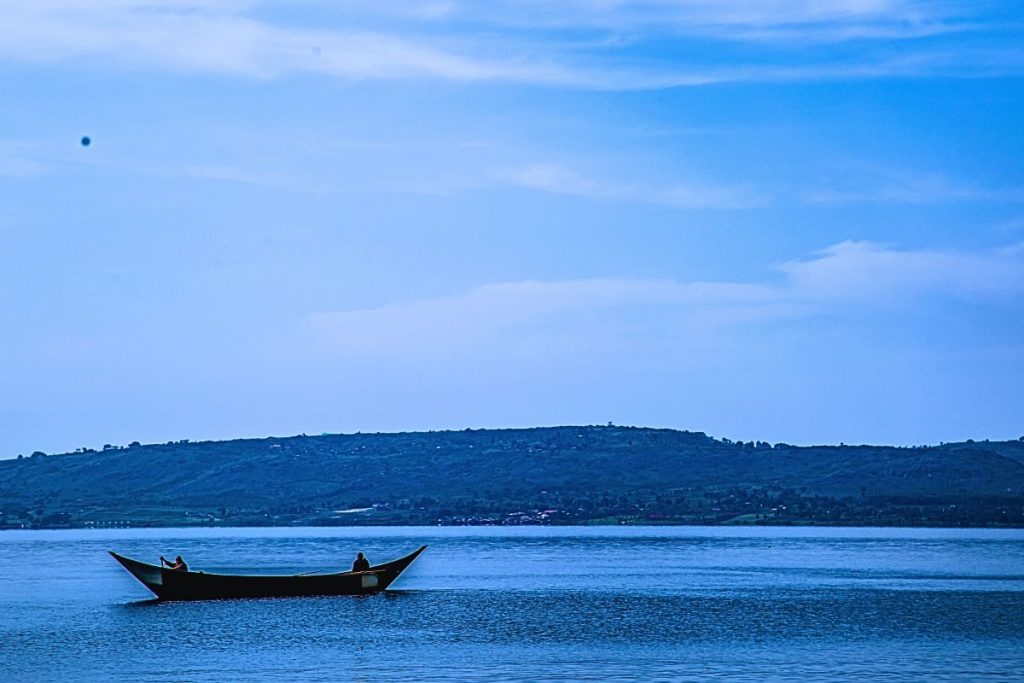
A General Call to Leaders
For cleaner and healthier communities, our leaders at all levels of government must demonstrate a high degree of commitment to participating in impact assessments and enforcing environmental and wildlife protection laws and policies.
The greater our devotion, the better we will improve our community’s health, productivity, and quality of life by designing and maintaining a revitalised environment.
Priority should be given to gathering information, particularly at the local government level, to enable well-coordinated proper actions and policy execution based on realistic evaluations.
Information is also required to design and implement a degree of network planning, partnership and adaptation, as well as lobbying all forms of necessary support.
As society members, we should support government greening operations, indulge in nature activities, help secure protected areas and save natural species that are at risk where possible.
If we are serious about seeing ourselves as a novel, elite, and exemplary literate society, we must understand, respect, and act appropriately towards our environment.
ENERGY
Historically, man first had only himself and the sun as the known source of energy. He used himself to do any work and relied on sunlight as the source of light and heat.
The earliest usable energy discovery was the control of fire. Later, coal was discovered and utilised to make steam, which, together with the industrial revolution—the age of the machine—was a breakthrough in man’s growth. We then upgraded to using oil and gas in preference to coal.
Natural Energy Resources
Natural energy is derived from natural sources, such as the sun, wind, water, and even the Earth. Many natural energy sources are clean and renewable, but not all of them. Solar energy is natural, renewable and clean, meaning it does little or no harm to the environment.
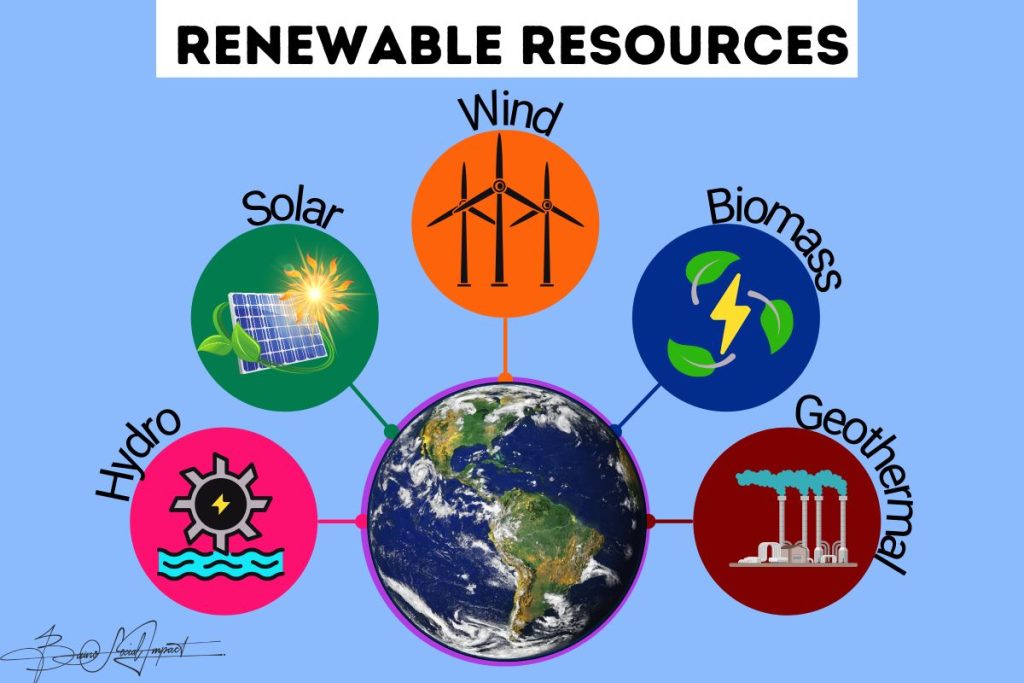
Renewable energy is generated from solar, wind, biomass, geothermal, hydropower and ocean resources, solid biomass, biogas and liquid biofuels.

Most energy sources are ongoing or renewable, while others are limited. Ironically, humanity produces a more appreciable energy source—fossil fuels. Fossil fuels are usually environmentally destructive in harvesting and burning to produce usable energy.
Nature has always given us energy in different forms, probably because the Earth is a constant flow of energy—a true constant of the universe.
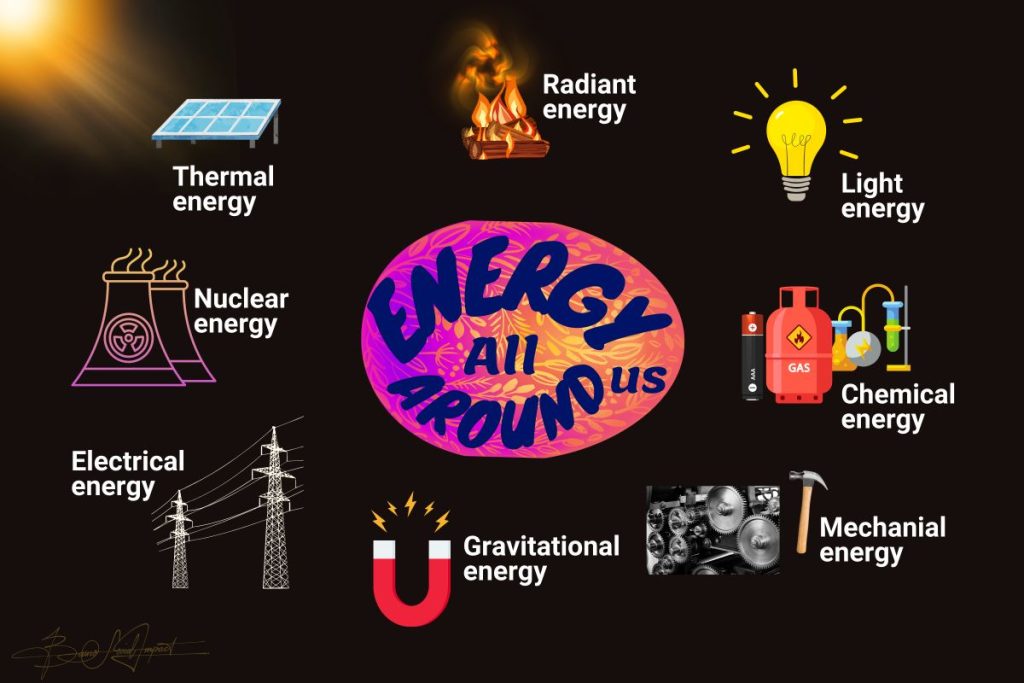
Energy is all around us and manifests in many forms—heat, light, sound, magnetism, gravity, movement and all life functions. Energy can be thermal, radiant, electrical, mechanical, chemical or atomic.
For our vision, we want to understand that this energy is a partner in achieving our objective.
Because our future is one of plentiful energy in all of its forms, rather than becoming a destructive force, we must safeguard and nurture it beginning now.
